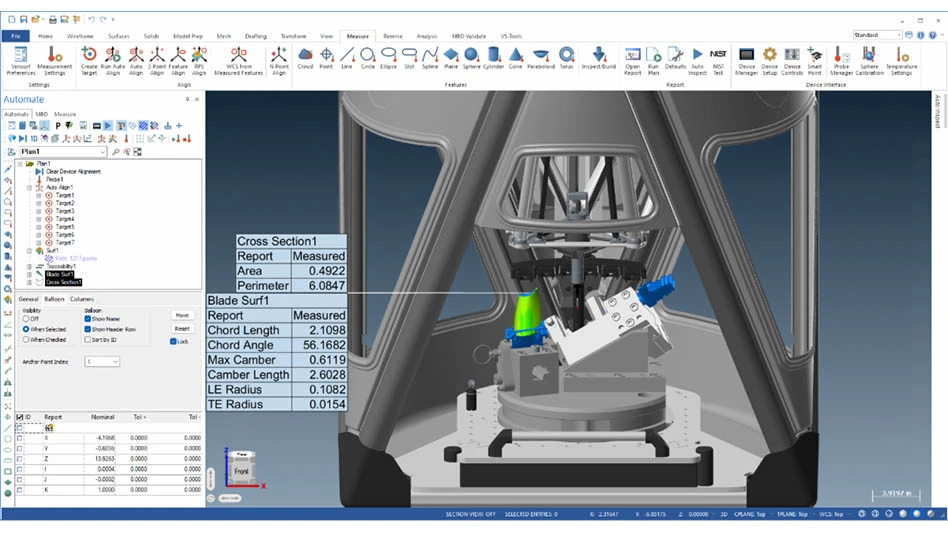Without the complete set of product documents and data in the PLM system, efficient decision making and management are not possible, and the impact of product changes and enhancements is unclear at best. Users of the PLM system miss out on the big picture of their product that could help them achieve faster time-to-market, improve the efficiency of various processes, and help them satisfy customers’ true needs. Modeling as many of the company’s business processes as possible in the PLM system, and implementing strategies to ensure they are taking full advantage of the system’s capabilities, will help companies get the most out of their investment.
What Is a PLM System?
PLM systems are designed to manage product data throughout the complete lifecycle of a program, contract or project. Their purpose is to manage and integrate a wide variety of data and documents related to the product in order to provide easy, accurate, secure, and timely data accessibility for employees and, in some cases, for customers. In the aerospace industry, access to accurate and timely information is absolutely critical because so much is at stake. In other industries, product failures due to bad configuration management might mean a faulty blender or a slightly off-color shade of paint. In the aerospace industry, it can mean mission failure, millions of dollars in damaged or destroyed equipment, threats to national security, and even loss of life.
In a recent informal survey, 94% of companies with a PLM system are only managing three or four types of information, such as engineering changes, assembly documents, bills of material, or part information. Almost any kind of product information can be managed with a PLM system, but most companies do not take full advantage of the power of these systems to consolidate data and automate processes. They could be capturing:
- Manufacturer/supplier data;
- Maintenance manuals, user guides and installation instructions;
- Serial number data, IUIDs and bar codes of fielded products;
- Marketing brochures;
- Digital images;
- Material safety data sheets;
- As-built, as-shipped and as-maintained configurations;
- Company standard operating procedures (SOPs) such as new document creation;
- Delivery information;
- Packaging data; and
- Contract documents and deliverables.
Integrating this data takes full advantage of the capabilities the PLM system has for managing product data and eliminates the risks inherent in presenting users with fragmented data.
 PLM Systems Abused, Not Used
PLM Systems Abused, Not Used
There are several reasons why companies do not fully utilize the capabilities of their PLM systems. Poor requirements gathering at the beginning of the PLM system search, improper implementation of the chosen tool and reluctance to spend resources on proper training and data migration all contribute to the under-utilization of the PLM system.
Management and employees may be reluctant to attempt to pull all their data into one system, either because of the perceived enormity of the task, or due to a culture that does not encourage sharing of data. For example, software manuals created in a documentation publication system end up being out-of-date when engineers make changes, and the result is a defective product for the enduser.
The clear advantages of fully utilizing a PLM system are realized when all stakeholders have the information they need to make informed decisions. This not only results in a more efficient organization with better products, but a better bottom line. One critical example involves estimating the true cost of a change. Decision-makers need to have information on how a change is going to impact existing products, documentation, user guides, training, production schedules, and even changes being considered by other users within the system to formulate an accurate cost estimate.
 Implementation Is Key
Implementation Is Key
When a company chooses a PLM system, it needs to address several questions:
- Can this PLM system increase the company’s business picture with its customers and increase its ROI?
- Does the chosen PLM system have advantages to offer from design capture, control, manufacture, as-built, as-maintained, field support, and customer access?
- Does it change the paradigm in terms of how product data is maintained?
- Does the functionality of the PLM system meet the company’s business processes – and does it facilitate capturing metrics to used to calculate ROI?
- Do employees have input into the selection process? They will be the day-to-day users and often best understand how a PLM system could make their jobs more efficient.
It is important for the PLM selection team to fully understand the answers to these questions to ensure that all stakeholders (company and customers, if applicable) are satisfied with the chosen PLM system and its implementation. Some essential characteristics include:
- Security. Users are allowed to access product information based on their user profile, yet controls are in place to prevent unauthorized changes or deletions. Project partners can work together while still maintaining data security between individual subgroups. Classified information can remain secure while allowing for the viewing of unclassified metadata.
- Configuration Management. The system should be managing product configurations and enforcing best business practices that continually validate the addition of new data and changes to the product during the life cycle.
- Control. Administrators can easily manage system defaults to conform to the way the company wishes to conduct its business. Configuration management rules should be system standards to ensure that best practices are being followed.
- Easy access to metrics. A good PLM system will allow users to track a variety of metrics such as how many changes were processed in a given time period as well as the reasons for change. The PLM system should easily determine the typical amount of time to process a review.
- Value-added services. A good PLM system will also allow a company to provide additional services to its customers, including true end to end product management; i.e., as-designed through as-maintained product records. With PLM, a company can maintain the site configurations of the equipment for its customer as repairs are made, or this information could be entered by customers with access to the system. This is an untapped area of revenue for many companies that is a natural extension of the design process.
Just the Beginning
Installing and implementing a PLM system without taking advantage of adequate training is a common mistake. Too often, managers assume that installing the system is enough, but if users are not trained properly, nothing has been accomplished. With proper training, not only will all employees better understand the capabilities of the system, they will better understand the underlying data model, allowing them to troubleshoot the system and expand system usage to further increase ROI.
Even with a solid implementation strategy, many companies find they are still not using all of the system’s functionality because they are not keeping up with new features and functions added in subsequent releases. Failure to formally train new users not only leaves them with less-than-complete system knowledge, it can perpetuate misconceptions about the proper process. Refresher training is underestimated as a tool for achieving and maintaining ROI.
Eliminate Barriers
If your company is not modeling as many of its processes as possible in its PLM system, then it is leaving money on the table and shortchanging customers. It is creating additional work for employees, introducing errors into its processes, and making planning and decision-making difficult, at best, and very likely incorrect. Your PLM system is a powerful tool, but only if it is utilized fully by your company. Otherwise, it is like a powerful twin-engine jet aircraft limping along on just engine.
It is not difficult to fire up both engines and maximize the power of your PLM system, but it takes a conscious decision on the part of management to make it happen. Management gurus often talk about breaking down corporate silos – those invisible walls that separate management from employees and department from department. Is your company’s vital product data stuck in information silos, unable to communicate with or be utilized by other systems within the organization? PLM holds the answer.
Resourceful companies will seek out and fully utilize efficient PLM systems that break down these silos and allow information to be exchanged and shared freely, while protecting classified data and other sensitive company information. Moreover, the most successful companies will partner with their PLM vendor to stay current and ensure that the company is always getting the most out of a valuable investment of money, time and resources.
By Lisa Fenwick, Product Manager, CMstat
CMstat has been supporting the aerospace and defense industry worldwide for over twenty years as a leading supplier of comprehensive configuration management and data management (CDRL) solutions.
CMstat
Las Vegas, NV
cmstat.com

Explore the March April 2011 Issue
Check out more from this issue and find your next story to read.
Latest from Aerospace Manufacturing and Design
- Demystifying Controlled Unclassified Information (CUI)
- Simplify your shop floor operations while ensuring quality parts
- Happy Independence Day - July 4th
- Bombardier receives firm order for 50 Challenger, Global jets
- Automatic miter bandsaw
- SAS orders 45 Embraer E2 jets with options for 10 more
- Height measuring instrument
- Shopfloor Connectivity Roundtable with Renishaw & SMW Autoblok





